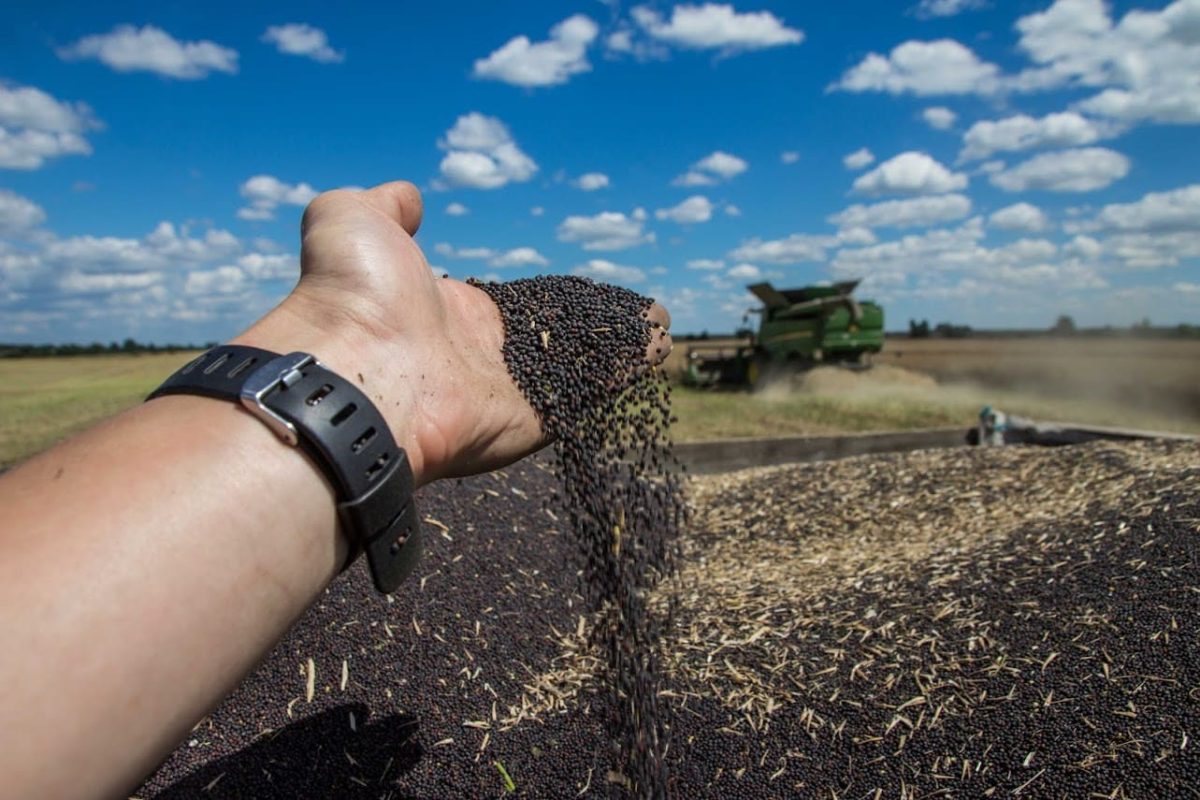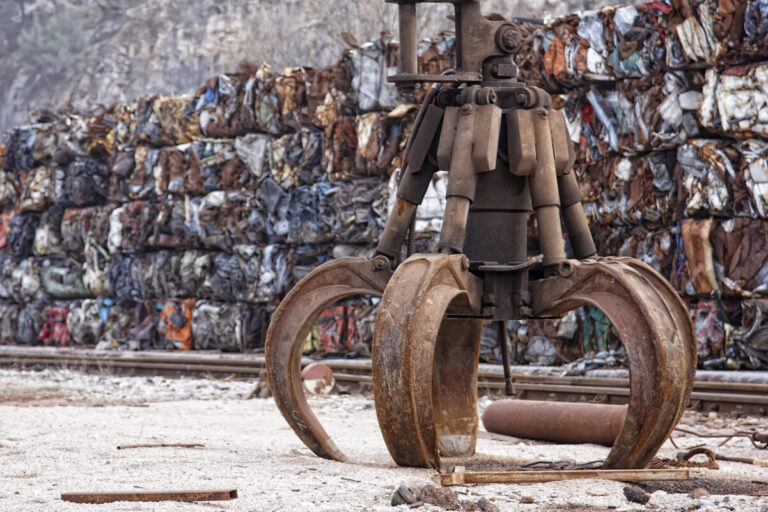
New Soybean and Rapeseed Export Rules: How the Ukrainian Government Changed the Market in 2025
In the autumn of 2025, the government adopted important changes regarding the export of strategically significant agricultural crops soybeans and rapeseed. These steps were a response to a crisis when the export of these crops was threatened due to difficulties in confirming the origin of products and the existence of a 10% export duty.
In recent months, farmers, industry associations, and exporters have repeatedly appealed to the Cabinet and the Verkhovna Rada, calling for the abolition or revision of the 10% duty on soybean and rapeseed seeds.
According to market participants, such duties and the lack of an effective mechanism for confirming the origin of products have led to a de facto export blockade: producers could not provide documents proving that the products were grown by them and not purchased from intermediaries.
The European Business Association and the All-Ukrainian Agrarian Council emphasized: “Soybeans and rapeseed are highly profitable crops that provide income for tens of thousands of agricultural producers. The introduction of duties or quotas will lead to a sharp drop in purchase prices, loss of profitability, and decline in production. This is especially critical for small and medium-sized farmers in frontline and affected regions.”
A Mechanism That Works: How the Rules Have Changed
On October 3, 2025, the Cabinet approved a new mechanism: to export self-grown soybeans and rapeseed, farmers now must obtain an export certificate of origin from the Ukrainian Chamber of Commerce and Industry or regional chambers of commerce and industry for each batch of products.
This document has become the main condition for applying the exemption from the 10% duty provided by Article 1-1 of the Law “On Export Duty Rates on Certain Types of Oilseeds.”
“It has been established that agricultural producers exporting self-grown agricultural products… the customs authorities, the Ukrainian Chamber of Commerce and Industry, and regional chambers of commerce and industry recognize that the export certificate of origin… is a document confirming the exporter’s right to exemption from export duty,” the government resolution states.
At the same time, the resolution set a number of restrictions:
- The requirement to obtain an export certificate does not apply to transactions conducted under intermediary agreements (commission, consignment, agency agreements, etc.).
- The benefit does not apply to cooperatives created after the entry into force of Article 1-1 of the law.
- All export certificates are recorded by the Chamber of Commerce and Industry with details about specific land plots.
Criticism and Assessment by the Agricultural Sector
Business and industry associations have repeatedly warned the government about the risks:
“Any artificial restriction of exports will reduce revenues, which will negatively affect macroeconomic stability,” said the EBA.
According to association data, in 2023-2024, exports of rapeseed and soybeans to EU countries provided a significant share of Ukraine’s foreign currency revenues. The decline in export prices due to duties or quotas could make the cultivation of oilseeds unprofitable for small and medium-sized farmers, especially in affected territories.
A telling example is the experience of 2017-2020, when export restrictions were in effect through the abolition of VAT refunds on exports. “Such steps discouraged the production of raw materials, worsened the economic situation in the agricultural sector, and reduced the acreage under oilseeds,” the EBA noted.
Post List
Does the New Mechanism Solve the Problem?
According to the government’s plan, the new resolution should unblock exports, as farmers will now be able to provide documentary proof of their products’ origin and obtain exemption from the duty. The Chamber of Commerce and Industry is required to keep records and control of issued certificates, and transfer data to the Ministry of Economy. Customs must report monthly on the volume of exports receiving benefits. The Ministry of Economy is preparing a system for monitoring export certificates through the State Agrarian Register.
However, some farmers and experts are skeptical about how quickly and effectively the new system will function under martial law, limited resources, and market uncertainty.
The Ukrainian government is trying to balance the interests of farmers, budget revenues, and EU market requirements. The new mechanism is a step toward solving a technical problem that effectively halted soybean and rapeseed exports in 2024-2025.
At the same time, this move brings to the forefront issues of transparency, accessibility of administrative procedures, and protection of small producers’ interests.
Whether the Cabinet’s resolution will have a lasting effect depends on how quickly the market adapts, how efficiently the Chamber of Commerce and Industry operates, and whether the new procedure becomes just another formality complicating farmers’ lives.
In 2025, Ukraine’s agricultural sector once again faces a choice: to stimulate exports and competitiveness or to strengthen control and fiscal restrictions. The quality of government decisions in this area will determine not only producers’ incomes, but also the country’s overall financial stability.















